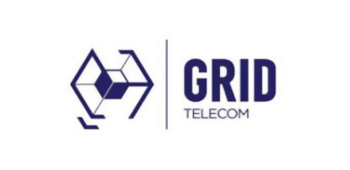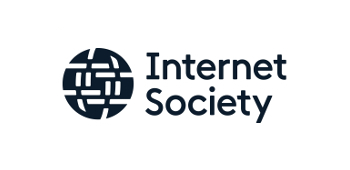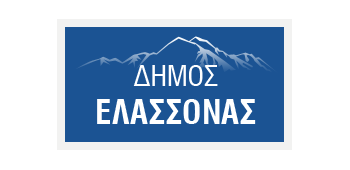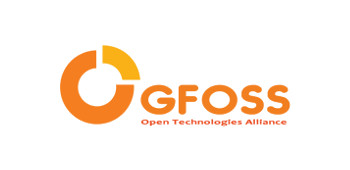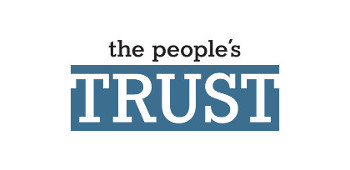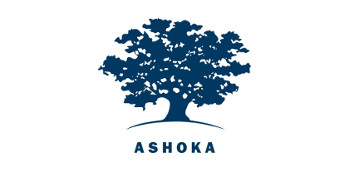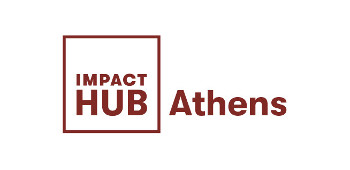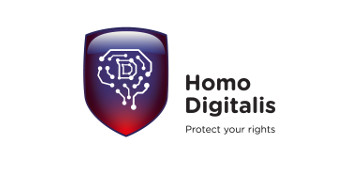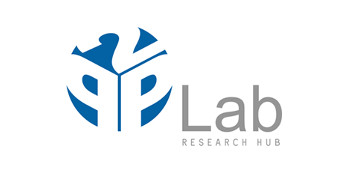In the non-profits’ (as in business) world, impact is usually measured in numbers: this many users, that download speed, so many Tbytes of data traffic etc. Although we understand the necessity to use such metrics, and in fact we do use them ourselves, we prefer to measure our impact via the anecdote stories of our local community members. Eventually any numeral metric must be translated to insights, to real people’s behavior, to social trends etc. So we thought “Why not listen to their stories? Why not use these story bits to draw the big picture?”. This is how we, in Sarantaporo.gr Community Wireless Network, measure our impact to the local society. So, don’t expect to find many numbers in this section. Be prepared to be inspired, instead!
Health – public healthcare is a challenge in these remote areas. The nearest health center is 30km away and the closest hospital 80km, via an uphill and downhill winding road. Thus our local community members do not enjoy the health services available to all urban dwellers. The Sarantaporo.gr Community Network (CN) helps improve things in this domain. Visiting doctors are using it to access the online medicine prescription platform providing patients with the public healthcare service they are entitled to.
Taking our intervention one step further, in 2015 we collaborated with the Thessaly University Medical School to run a local survey under the title “Web-based questionnaires: Connecting a tertiary care hospital to remote areas giving the opportunity of awareness and smoking cessation”. This survey enabled the researchers to reach a wide audience from the area and eventually it led to organizing a two-day free medical examination for anyone who wished to be examined at a mobile healthcare unit.
Currently we are further examining ways to create even more services for our communities in the field of remote healthcare and active health aging.
- Digital medicine prescription
- Health-related questionnaire research
- Active health aging
Social cohesion – our villages are aging. For the past 30 years an ongoing population bleeding has resulted in the aging of the remaining population, since young people either move to cities or migrate abroad in search of a better life. Those staying behind crave to see their children and grandchildren. The most obvious impact of the Sarantaporo.gr CN, the one we expected to see, was the ability for the locals to learn how to use teleconferencing to keep in touch with relatives who live in the city or abroad. “I used to see my grandchildren once every two years, when they came to visit from the States. Now we drink together our morning coffee via Skype, says one “giagia” (granny) from one of the villages.
The impact we hadn’t anticipated, though, is stronger. By making internet connectivity openly available to everyone, grandchildren from the cities were not reluctant to visit their grandparents in the village anymore. Their parents could even do remote working for a few days. This led to relatives visiting more often and for longer periods. It is also the primary reason why the majority of our community network’s members, the ones deploying the infrastructure, are the elder people: they are offering their grandchildren what they need, so that they are willing to visit them.
Many, perhaps the majority, of the crops and animal workers in the region are immigrants, mostly from neighboring Balkan countries. Connectivity for them means to be able to daily keep in touch with their families back home. So profound is the impact of this simple and available to most of us service that one can tell who is connected and who is not just from looking at their expressions.
In a sense, our community network overlays the human emigration and immigration flows with a digital pathway where data emigrate and immigrate, travelling from all the places around the world.
- Local elders connect with their emigrant family members
- Immigrant workers connect with their families back home
Local economy – agriculture and breeding are the pillars of the local economy. Small family businesses pass from parents to offsprings who are always looking for opportunities to improve their work, taking advantage of any advancement in their field. Lack of internet connectivity used to confine professionals to local markets for raw materials or machinery spare parts or when looking for customers to sell their produce. Today they use Sarantaporo.gr CN to discover customers and resources online, to do their tax declarations and e-banking, or use webcams to monitor their farms remotely. The community network further provides an infrastructure which can be used for Internet of Things applications and services.
- e-banking, digital tax declaration
- Farmers: raw materials, spare parts, new markets
- Animal herders: remote animal monitoring
- IoT in agriculture
Education – the villages of our region used to have schools. Not any more. Students are being bused back and forth to the nearest town every day. When returning back to the village they used to “shut down” for their peers in the town. There was no communication between them until the next day. Sarantaporo.gr CN enables students to keep in touch with their distant peers, which leads to strengthening the friendship networks within classes. Village students are able to attend online courses, organized by their teachers, and get access to online knowledge resources for their homework.
- Students keep in touch with peers
- Online information for school homework
- Attend online classes (student who succeeded in medicine school)
- Reduce drop-out from school
Digital citizenship – since the Internet appeared in cities in the 90s, people living in remote, rural areas with no connectivity fell behind with even greater speed than the one caused by their geographical isolation. Not only can they not access the public infrastructure, but since they have been further excluded from digitally engaging in society, politics and governance. Sarantaporo.gr CN not only provides internet connectivity, but also organizes digital literacy workshops to empower local communities through the use of digital technologies and the Internet.
- Participate in online consultations
- Join online communities
- Share digital resources
- Use digital public services
Digital (local) services – community networks are not just “gateways to the internet”. They are local infrastructure which is built by the local community to serve its digital needs. Needs that range from communicating across villages via VoIP, deploying IoT sensors (for example a connected weather station) to produce useful services, sharing their mobile phones’ digital cotent, live streaming local events, remote monitoring of properties or animal stock and many more. All of these services do not necessarily require internet access to function. They can be provided as local services, run by community members.
- Remote monitoring of houses for security
- Remote garden watering
- Local weather station
Digital literacy – this is the second pillar, along with telecommunications infrastructure, that needs to be in place in order for people to be empowered to have a meaningful connectivity. Getting online is not just about accessing social media platforms. One needs to be aware of opportunities and threats and be knowledgeable enough to know how to make the most out of the vast digital resources, without compromising their privacy and personal security. Via workshops and training courses we strive to educate and build digital skills to our community members. These skills range from basic computer or smartphone use to advanced networking skills. The participants range from elementary school students to elders in retirement.
Personal fulfillment – most of all we are having a good time and feel that we are contributing to something larger than all of us! First and foremost, we are a community of people who channel their creativity in ensuring a basic human right, which is access to digital content and equal digital citizenship. By doing so we are bridging the digital divide in our area, further creating opportunities and motivation for young people to stay or return back to their birthplace. Keeping our villages alive is our vision, which fuels purpose to our intervention. We grow with our community and celebrate our achievements in unison.




